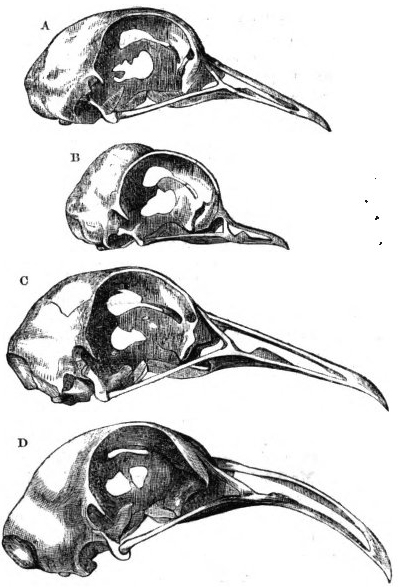Learning to Read Country: Bruce Pascoe’s Earth, an Indigenous Ecological Allegory
DOI:
https://doi.org/10.60162/swamphen.4.10619Keywords:
ecoriticism, nature writing, deep ecology, ecopoetics, environmental literary criticism, indigenous literatureAbstract
Allegories contain specific forms and techniques which define a text as an allegory, including an intention written into the text. The reader is required to make an effort to determine that intention if they are to uncover the allegory. Also, allegories function didactically to educate the reader in a certain way, and, through that education, transform the reader. This is the traditional function of allegory.
In this paper, I read Bruce Pascoe’s 2001 novel, Earth, as an example of what I term an ‘Indigenous ecological allegory’. The novel encodes in allegorical form an Indigenous worldview of the natural world. Many theorists agree that such a worldview can broadly be termed ecological. The didactic principle is to educate the reader about this Indigenous worldview of Country. As the reader comes to an understanding of Country, the narrative events, which describe a colonial (1880s) war between non-indigenous and indigenous people, as well as the language that encodes those events, become re-interpreted through this alternative metaphysics. What emerges is a possibility for the overturning of incipient dualism. The growth in the reader’s knowledge of Country opens the way to mutual acceptance. Country makes welcome all people to its land on the provision of respect and a commitment to its care.
Pascoe’s novel utilises medieval allegorical forms, techniques and strategies in order to expose the narratives and language of the Australian Tradition to the language of the ‘other’ of Indigenous Country, that is (more specifically) the Wathaurong language and worldview that it encodes. The allegorical techniques include a cyclic narrative structure involving a Threshold scene followed by related scenes and commentary, direct address to the reader, narrative digression, debate, allegorical names and puns. Using these techniques, Pascoe uncovers a polysemy that has developed within the English language in its encounter with the Indigenous people.
Finally, while allegory has yet to be studied in ecocrticisim as a form for writing nature, I argue that it is an ideal literary form in which Nature and an ecological worldview may be portrayed in a written text.
Downloads
Published
Issue
Section
License
Authors who publish with this journal agree to the following terms:- Authors retain copyright and grant the journal right of first publication with the work simultaneously licensed under a Creative Commons Attribution License that allows others to share the work with an acknowledgement of the work's authorship and initial publication in this journal.
- Authors are able to enter into separate, additional contractual arrangements for the non-exclusive distribution of the journal's published version of the work (e.g., post it to an institutional repository or publish it in a book), with an acknowledgement of its initial publication in this journal.
- Authors are permitted and encouraged to post their work online (e.g., in institutional repositories or on their website) prior to and during the submission process, as it can lead to productive exchanges, as well as earlier and greater citation of published work (See The Effect of Open Access).

